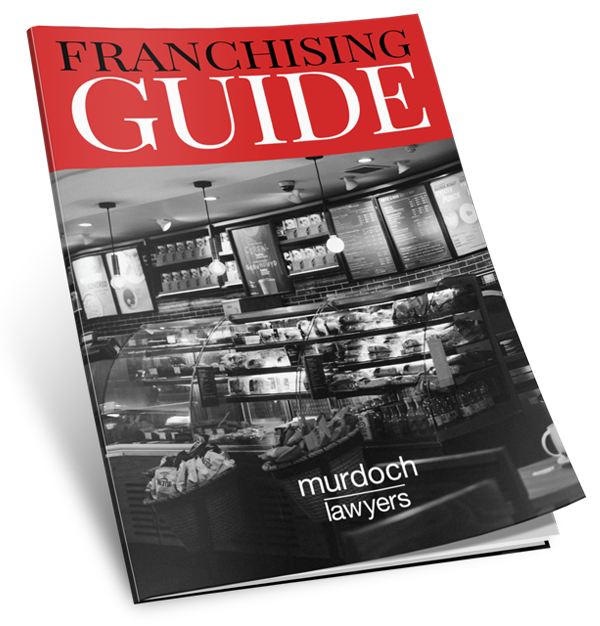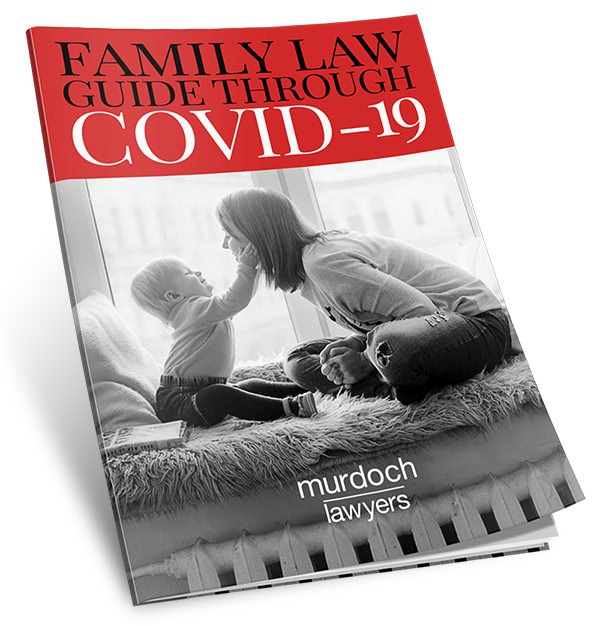
Workplace Bullying
Bullying occurs when:
- a person or a group of people repeatedly behaves unreasonably towards a worker or a group of workers at work; and
- the behaviour creates a risk to health and safety.
Examples of bullying behaviour could include, repeated behaviours, such as:
- aggressive or intimidating conduct;
- belittling or humiliating comments;
- spreading malicious rumors;
- teasing, practical jokes or “initiation ceremonies”;
- exclusion from work-related activities;
- unreasonable work expectations, including too much or too little work, or work below or beyond a worker’s skill level;
- displaying offensive material;
- pressure to behave in an inappropriate manner.
To qualify as bullying, the behaviour must be repeated and unreasonable and must create a risk to health and safety.
Reasonable management action carried out in a reasonable manner does not constitute bullying.
Reasonable management action may include:
- performance management processes;
- disciplinary action for misconduct;
- informing a worker about unsatisfactory work performance or inappropriate work behaviour;
- directing a worker to perform duties in keeping with their job;
- maintaining reasonable workplace goals and standards.
Bullying or reports of bullying should be appropriately investigated and dealt with by an employer.
For more information please contact Matt Bell from the Business and Workplace Law Team at Murdoch Lawyers.




